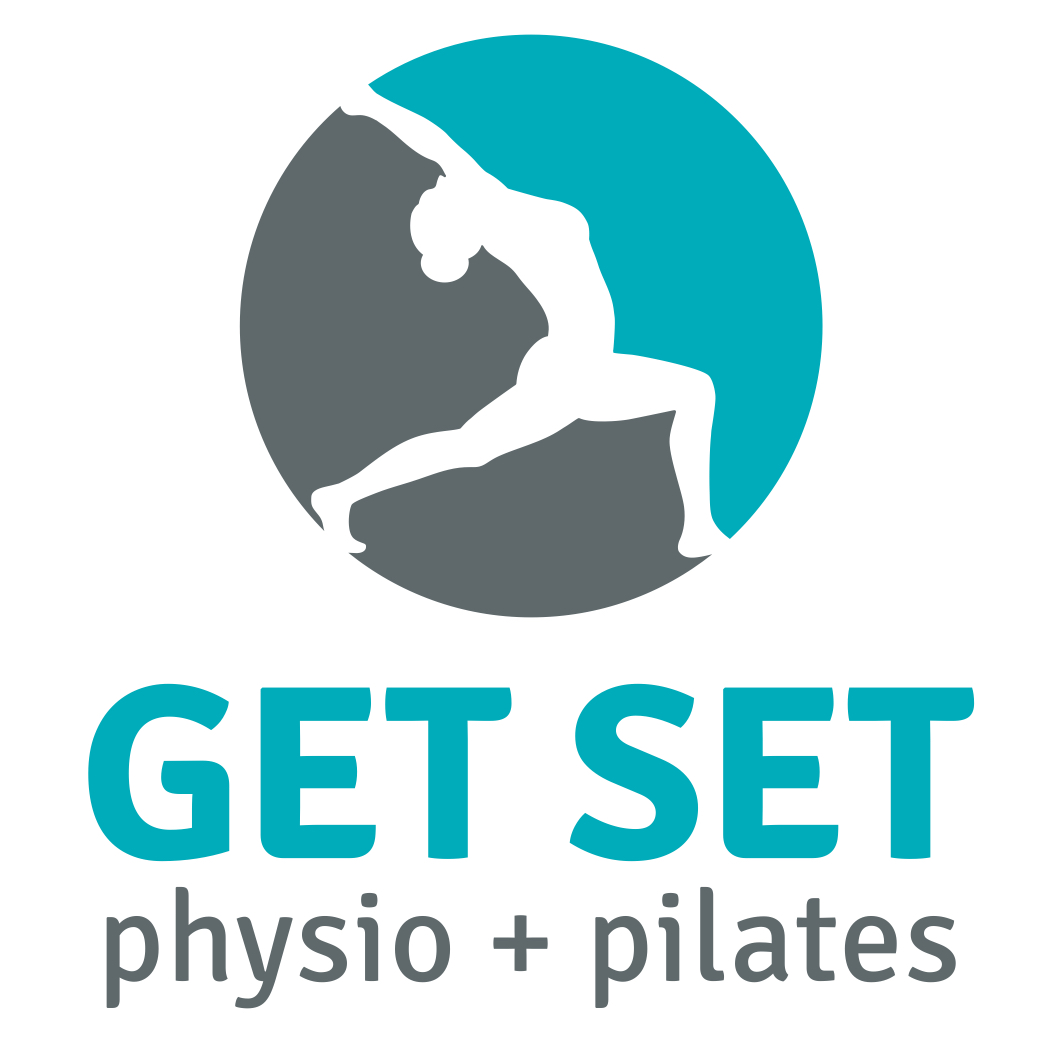When can I return to sport is one of the most common, and first questions we hear when athletes present with an injury. Often, they want to hear the magic word “today”, but this is seldom the case.
It really depends on the extent of the injury, is this the first time it has it occurred and what’s the overall risk if we return before the injury is fully healed? These are things they don’t want to hear. There is a large push for early movement post injury however this doesn’t generally equate to return to sport at the same time. We aren’t suggesting you to just wait for weeks, or we hold you back from sport and hope things miraculously get better over time. We need to focus on evidence-based guidelines to help you heal the injury and prevent it from re occurring.
Generally, there are three out of four phase we need to complete prior to returning to sport at a full and unencumbered capacity.
The four phases include:
1. Modified training sessions – decreased time, decreased effort, no change of direction etc
2. Full training sessions at 100% effort
3. Return to sport (competition) – which may not be at their desired level of effort, but they are now fully participating in competition and training
4. Fully returned to competition at 100%
Returning to these sessions also depends on a 3-step model that “estimates the risk of different short- and long-term outcomes associated with returning to sport”
For knee and ankle injuries like the ACL we are looking at functional tests and risk tolerance to be able to start clearing for return to any kind of sport. At Get Set Physio the tests we use are based on gold standard evidence which are the:
· Quads strength – within 10% of the uninjured side
· 4 single leg hop tests – no more than 10% difference between sides
· T-Test agility drill – performed under 11 seconds.
Other tests that can be performed on the MAT may include:
Knee extension isometric strength
· Star Excursion Balance Test (SEBT)
Knee Flexion isometric strength
Single Leg Hop for distance
Single Leg Side Hop for distance
Crossover Hop for distance
Triple Hop for distance
6 Metre Hop for time
Lateral Hop test
Single leg Vertical Hop test
These can all be combined to give a limb symmetry index (LSI) score which helps to identify reduced limb function compared to the uninjured side. The goal of these is to calculate the average of any of these scores for the affected limb, divided by the scores for the unaffected limb and multiply by 100. This will give you a percentage difference between limbs. We should aim within 90% for a non-dominant leg and above for a dominant leg.
Why do all of this?
Studies on early return to sport particularly with a focus on ACL injuries found that 38% of all athletes who return to sport despite not passing the above criteria re-injure themselves. Those who did return, 39% re-injure themselves within 9 months which leads to an extra 1-month delay on “normal” rehab guidelines. 11% also injure the other side.
Take away points:
When you injure yourself take the time to get assessed and do your strength and mobility exercises until you reach 90% scores of the unaffected leg to return to sport. Average time off spending strengthening and preventing re-injury will pay off in the long run.
1. Grindem H, Snyder-Mackler L, Moksnes H, et al. Simple decision rules can reduce reinjury risk by 84 % after ACL reconstruction: the Delaware-Oslo ACL cohort study. Br J Sports Med. 2016;50(13):804–8.
2. Kyritsis P, Bahr R, Landreau P, Miladi R, Witvrouw E (2016) Likelihood of ACL graft rupture: not meeting six clinical discharge criteria before return to sport is associated with a four times greater risk of rupture. Br J Sports Med 50(15):946–951
3. Lindell, C (2021). Return to sport testing after ACL reconstruction. Accessed on 1/6/2021 https://theprehabguys.com/acl-return-to-sport-testing/
4. Ardern CL, Glasgow P, Schneiders A, et al 2016 Consensus statement on return to sport from the First World Congress in Sports Physical Therapy, Bern Br J Sports Med Published Online First: 25 May 2016. doi: 10.1136/bjsports-2016-096278
5. Creighton DW, Shrier I, Schultz R, et al. Return-to-play in sport: a decision-based model. Clin J Sports Med 2010;20:379–85.
6. Ahmad, C. S., Redler, L. H., Ciccotti, M. G., Maffulli, N., Longo, U. G., & Bradley, J. (2013). Evaluation and management of hamstring injuries. The American journal of sports medicine, 41(12), 2933-2947.


